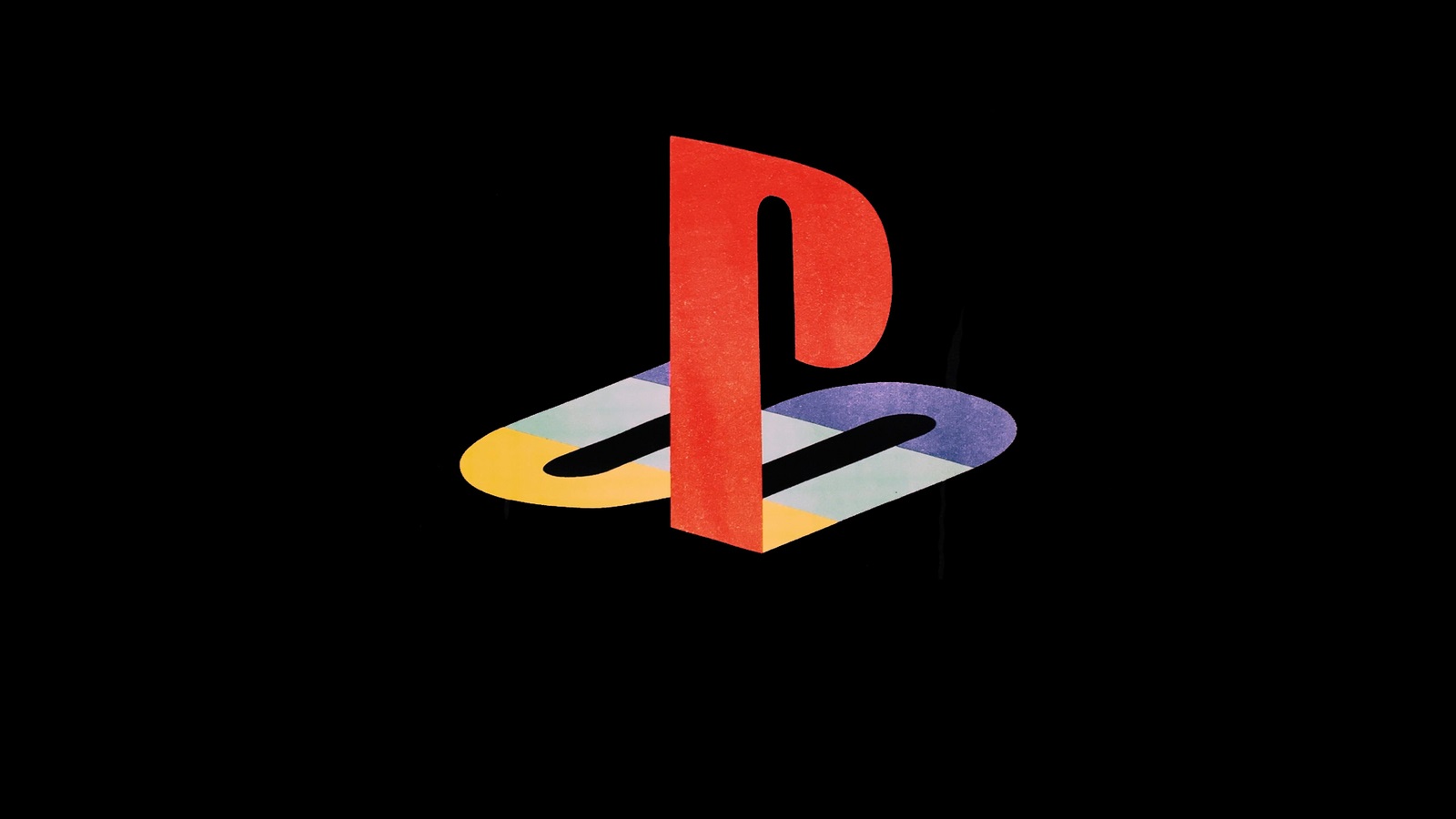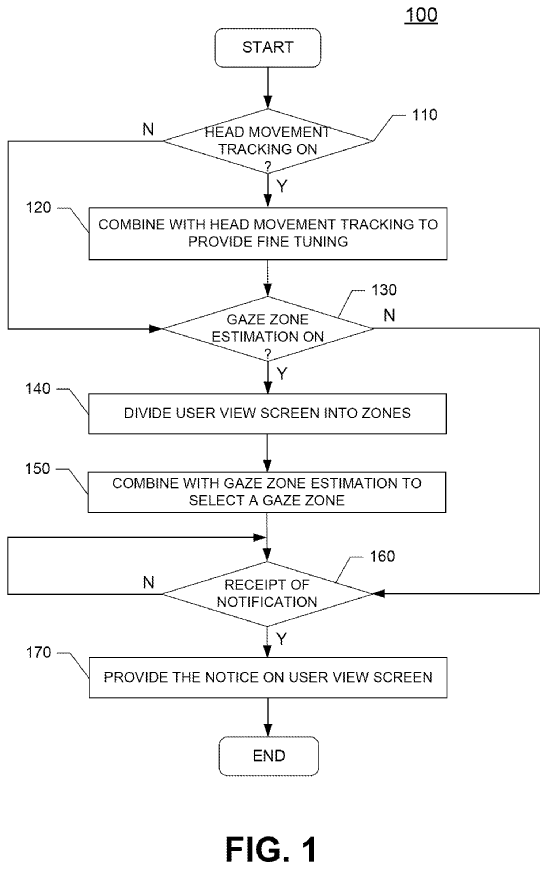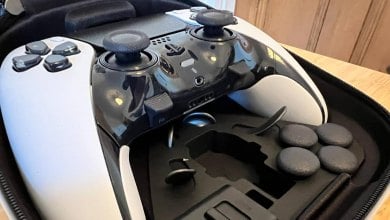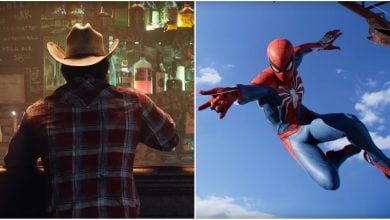
Story Highlights
- Sony has published a new patent that suggests it may develop games that use the sight of a player as an input.
- It argues that the current gaze-tracking tech used for games is not good enough and is susceptible to noise.
- Gaze tracking in games is rare, but the publisher offers many solutions to improve the tech.
Despite advances in games over the decades, the remarkable gaze-tracking feature has barely been used. Now, Sony might be looking to bring huge improvements to the feature. A new patent published by the company wants to address the significant challenges that turn devs away from using the intriguing mechanic as input in titles. The legal doc also suggests that Sony could be developing games that use eye tracking.
The patent dubbed “GAZE TRACKING FOR USER INTERFACE” wants to track the sight of a user within the screen to use it as an input for a game. Sony has discussed a few methods it wants to employ to resolve the current hurdles faced while using gaze tracking. The patent mentions that human eyes are susceptible to twitching and moving around continuously without the user realizing it, which hinders its effectiveness in a title.
As described above, human eyes may move or twitch in different directions without any specific purpose or reason. Thus, detailed gaze or eye tracking is generally not used as inputs in games or interactive programs since it may generate high fidelity noise,” mentions the patent.

Sony argues that the noise generated by the gaze tracking makes devs avoid the feature altogether. Perhaps that is why we rarely see games that use gaze tracking as a primary mechanic. It is currently only utilized in certain conditions in a title, like in mini-games or other smaller additions that do not make a user rely on the tech completely. Nevertheless, the publisher has listed ways it wants to use to make the mechanic more reliable.
In one implementation, the gaze tracking is combined with head movement tracking to provide fine tuning. In another implementation, gaze zone estimation is used to mitigate high fidelity noise introduced in detailed eye tracking. Thus, in the gaze zone estimation, one or more gaze zones may be expanded or highlighted in overlay picture(s) or picture-in-picture (PIP) mode.”
Related Reads:
- New Sony Patent Wants To Change The Art Style Of Games.
- Sony Patents To Suggest Games And In-Game Activities To Players Based On Emotions.
- Sony Patents A Massive Co-Op Game That Supports Hundreds Of Players In A Theater.
The legal doc also mentions quite a simple approach that can make gaze tracking a viable system for games. The eye-tracking system could show notifications to players in a way that minimally disturbs them. For example, displaying them on a small part of the screen.

We can expect Sony to improve the existing gaze tracking tech in its VR endeavors, but weirdly enough, the patent only makes a single reference to VR, and that too in a disclaimer statement found in every patent. The publisher is likely referring to bringing eye tracking in traditional video games. As a result, the conglomerate may utilize the feature in its exclusive horror games or upcoming exclusives like Rise of the Ronin in the future.
Thanks! Do share your feedback with us. ⚡
How can we make this post better? Your help would be appreciated. ✍



